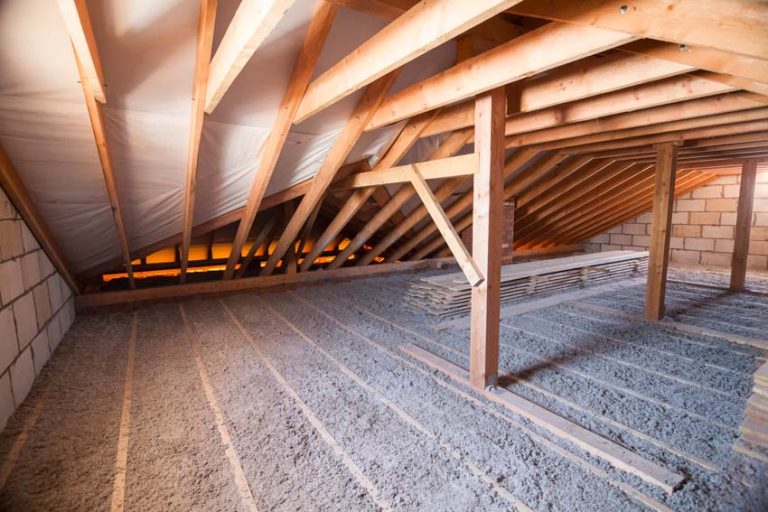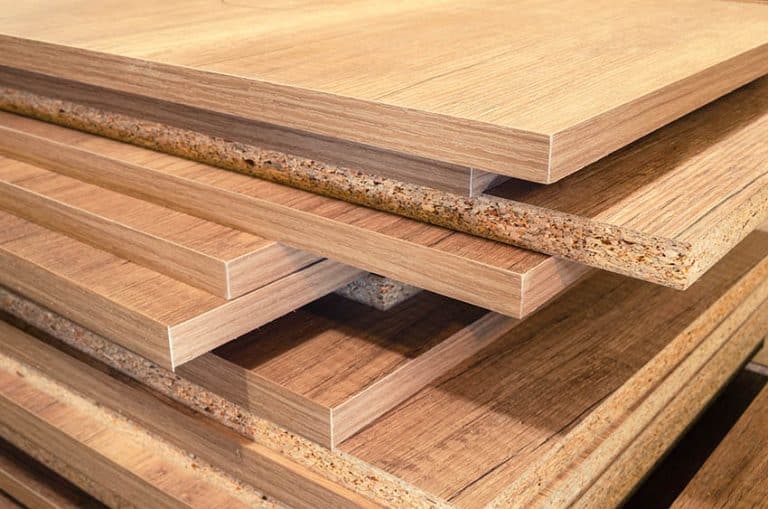What Are The Best Ways To Soundproof a Laundry Room?
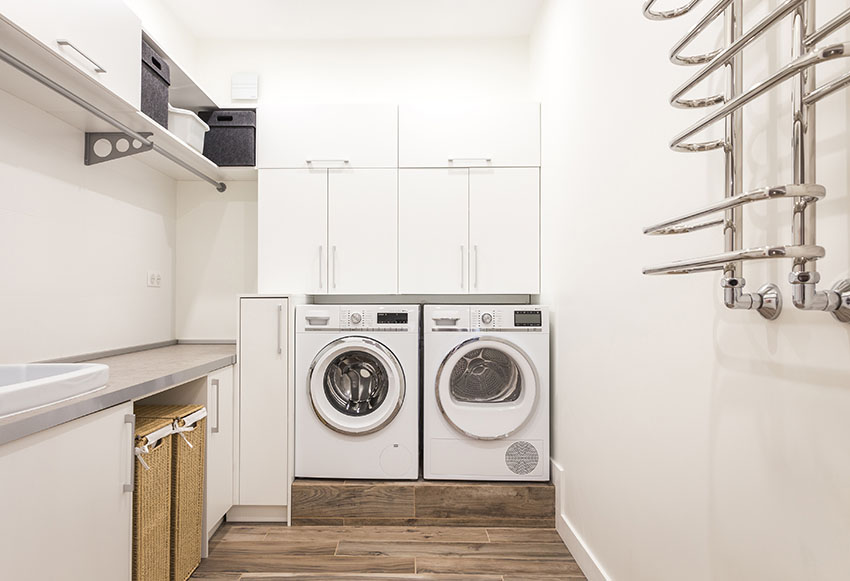
Laundry is a fact of life, but noise and disruption from your laundry room don’t have to be. While you may not be able to completely eliminate the noise generated by your washer and dryer, there are a number of steps you can take to reduce the sound coming from your laundry room. Not only will soundproofing your laundry room allow you to do laundry at times that are convenient for you without worrying about the sound transfer, but it will also make your home a quieter, more pleasant place to be, even when the laundry is going.
In this article, we’ll run through the available laundry room soundproofing solutions and explain which are the most effective. We’ll also detail the principles of soundproofing and walk you through how to apply them to your washer, dryer, and laundry room door. At the end, you’ll find concise tips on the best strategies for soundproofing any laundry room.
Laundry Soundproofing Materials
When choosing materials to soundproof your laundry room, make sure they are appropriate for your chosen purpose. The best soundproofing results will be achieved with professional-grade acoustical materials, such as soundproofing blankets, curtains, and wall hangings. Soundproofing materials can be ‘sound-blocking’ or ‘sound-absorbing’. It is rare to find a single product that provides both capabilities.
The purpose of sound-absorbing acoustic material is to control the level of noise within a room, usually to allow the clear capture of audio. While this is great for recording studios, it won’t help you sound proof your laundry room. Instead, look for materials that have sound-blocking properties. These materials help prevent the transmission of sound between two connected spaces.
If professional-grade soundproofing materials aren’t in your budget, look for thick, dense fabrics, such as moving blankets. To decrease the amount of vibration that travels through your floor, purchase anti-vibration mats made from compressed rubber. Soft rubber versions tend to perform better than harder rubber mats.
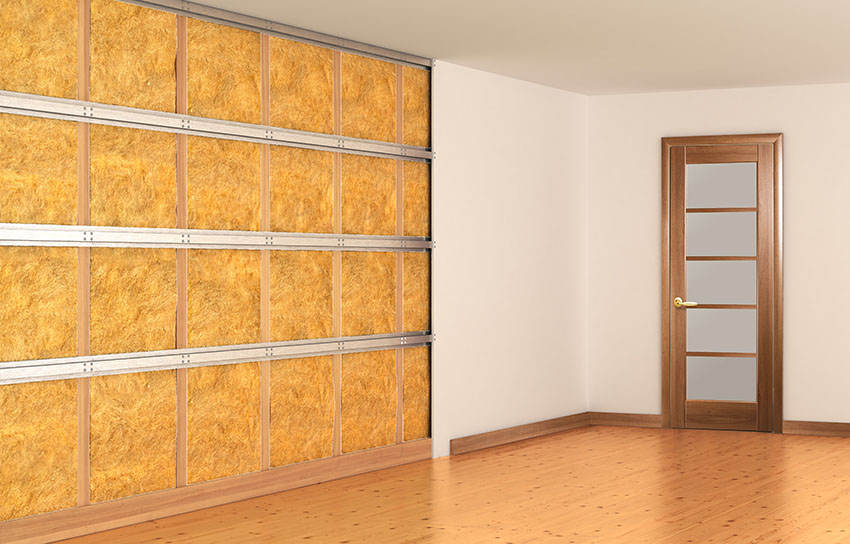
How to Soundproof a Laundry Area
Effective soundproofing of any room, including the laundry room, must consider the following components: isolation, air-tightness, and mass/density of soundproofing material.
The principle of isolation dictates that your laundry room should be located as far away from your living quarters as possible, to avoid sound traveling through the walls, ceiling, and floor. The most effective way to soundproof your laundry room would be to locate it in a separate structure, such as a freestanding garage.
Where moving the location of your laundry room is not an option, focus on containing the sound by making your laundry room airtight. Airborne sound travels from your washer and dryer to the other areas of your home, disturbing the inhabitants.
Sealing or covering the places that air passes through will go a long way to decreasing the amount of sound from the laundry room. The most likely culprit is the door of the laundry room, which may have sizeable gaps at the top, bottom, and sides.
After you’ve addressed any gaps in your door or the structure of your laundry room, the next step is to add sound-blocking materials between the laundry room and the rest of the house.
In general, denser materials like thick blankets or towels are better at disrupting the flow of sound from one space to another than thinner materials like sheets or clothing.
There are also specially designed acoustic materials that can be used to soundproof your laundry room. You might choose to hang a sound blocking curtain across the doorway to your laundry room, or to install acoustical panels on the walls.
Soundproof a Laundry Door

Soundproofing your laundry room door helps maintain a serene and peaceful environment in your home. The first step in soundproofing your laundry room door is to seal up any major gaps, like the one at the bottom of most interior doors. Install a door sweep or weatherseal to seal the space between the door and the floor.
Sweeps made of dense material, such as rubber foam, will block more sound than bristled or rubber-bladed door sweeps. Hollow-core doors amplify the noise generated by your washer and dryer. If possible, change to a solid-core door.
If switching to a solid-core door isn’t an option, consider dampening the sound and restricting the air flow by hanging a sound-dampening curtain outside the door. Dense, heavy fabric will absorb the most sound. Your soundproof curtain should be at least one inch larger than the door in all directions, and should lie flat against the door when it is closed.
Soundproof a Washer and Dryer
With a little ingenuity and the appropriate materials, you can significantly decrease the annoying sound of your washing machine and dryer. You must identify the source of the excess noise before taking steps to eliminate it.
Focusing on the placement and operation of your washing and drying appliances can help reduce the noise pollution emitted from these machines.
First, deal with the most obvious sources of excess noise by ensuring your washer and dryer have enough room to operate. When spinning at top speed, laundry appliances vibrate strongly and can even rock back and forth. The noise driving you crazy could be your washer rocking against the baseboard or wall. If you have the room, simply move the appliances.
If it’s a tight squeeze, stuff some spongey material between the wall and the washer or dryer to soften the impact and muffle the noise.
Washers and dryers tend to be located on hard surfaces, such as wood, tile, or even concrete, which amplify vibrations, creating more noise than necessary. Placing anything soft between the appliance and the floor, such as a carpet square or folded towel, can help dampen the noise your washer and dryer produce. You can even purchase washing machine pedestals and wrap the appliances in soundproof blankets or acoustic panels.
It’s also important to respect the manufacturer-imposed capacity limits of your machine. Overloaded machines make significantly more noise. A larger, heavier load can become unbalanced, placing strain on the motor and generating a lot of noise.
Excessive vibration or loud noises could also be a sign that your appliance is in need of repair. Consider scheduling a tune-up with a small appliance expert to make sure everything is in good working order.
Front-loading washers, which are more powerful than top-load washers, tend to make more noise, and can even vibrate so strongly that they move away from the wall. Combat walking washers and the noise they generate by placing a rubber anti-vibration mat under your laundry appliances.
Best Soundproofing Solution for a Laundry
The best soundproofing for your laundry room is a custom sound-blocking solution that targets the areas you are most concerned about. To achieve the best soundproofing solution, you’ll likely need to attack the problem from several angles.
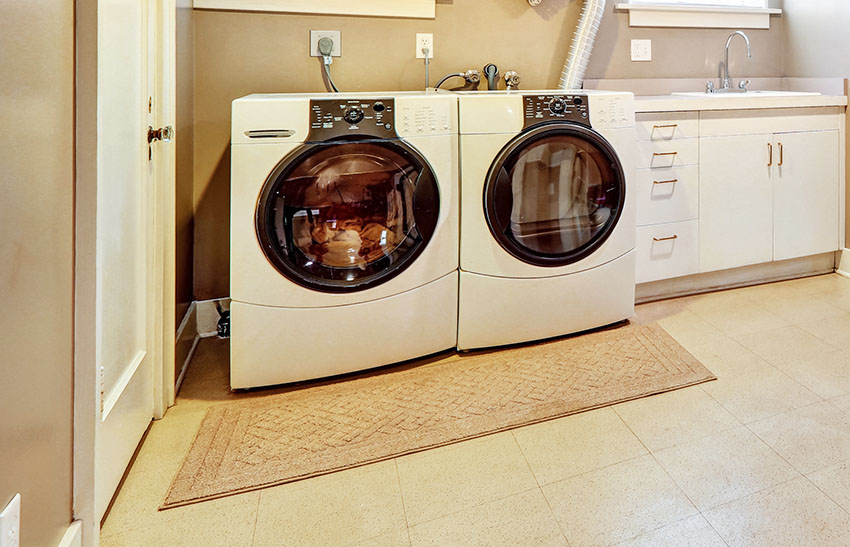
To stop sound traveling along the laundry room floor, place a vibration-absorbing rubber mat under the washer and dryer. Using thick mats or rugs on the floor will significantly reduce the sound generated by your laundry appliances, especially if you have them located upstairs. See more soundproof flooring ideas here.
To trap sound inside, consider the laundry room entrance. If your laundry room does not have a door, install a solid-core door and a door gasket to seal sound inside the room. If there is already a door present, use weather-stripping and a door sweep to prevent sound from escaping around the sides of the door.
For additional sound-blocking assistance, hang a soundproof fabric panel or heavy moving blanket in front of the door to help contain the sound from your laundry room. Check windows for glass that is loose in the frames and add stripping or sealant to help stop the vibrations. You may also want to consider wrapping your washer or dryer in sound proof blankets or layers of acoustic materials to block the sound at the source.
For more related content, visit our guide on how to soundproof a home office here.

